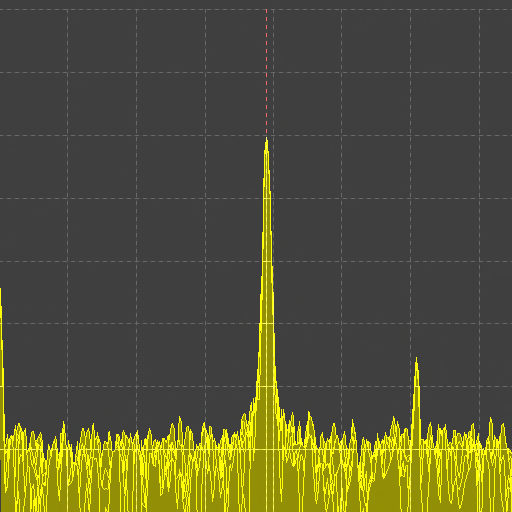AND that Excel 2008 doesn't support VB. List of excel add ins.
The native and already powerful Wi-Fi Diagnostics Tool in Mac OS X got a redesign in modern versions of Mac OS X, and with it came some new features that make the utility better than ever. One of the best new additions is the built-in Wi-Fi scanner tool, which is a full-featured wifi stumbler to. Microsoft office for mac щ†ш±щ… ш§щѓшіш§ш± шїш§щ†щ„щ€шї.
• Open Finder • Hold Command+Shift+G at the same time and type the path: /System/Library/CoreServices/ • Locate “Wi-Fi Diagnostics” (or “Wireless Diagnostics”, depending on OS X version) and drag and drop it into Launchpad or the OS X Dock for easy access Now that you have the Wifi app in an easy to find location, using it is slightly different depending on your OS X version. Newer builds of Mountain Lion (10.8) changed it slightly, and those changes are reflected in OS X Mavericks (10.9) as well.
What to do if the app is called “Wi-Fi Diagnostics”: • Launch Wi-Fi Diagnostics • Hold Command+N to open the new “Network Utilities” window • Select the “Wi-Fi Scan” tab to get started with the wireless stumbler tool What to do if the app is called “Wireless Diagnostics”: • Open Wireless Diagnostics • Pull down the “Window” menu and select “Utilities” • Select “Wi-Fi Scan” tab to summon the scanner and stumbler wireless networking The Wi-Fi analyzer tool has a set default that will start scanning and displaying the found information. You can manually turn on Active Scan or Passive Scan mode to constantly search for new networks by clicking on the “Scan.” You can use the wifi analyzer on Mac Yosemite, Mavericks, Mountain Lion and Lion for many different reasons.

A majority of Mac OS X users use the wireless stumbler for optimizing networks or finding new network connections. You can also use the wifi network analyzer to monitor network traffic and send that data to your computer.